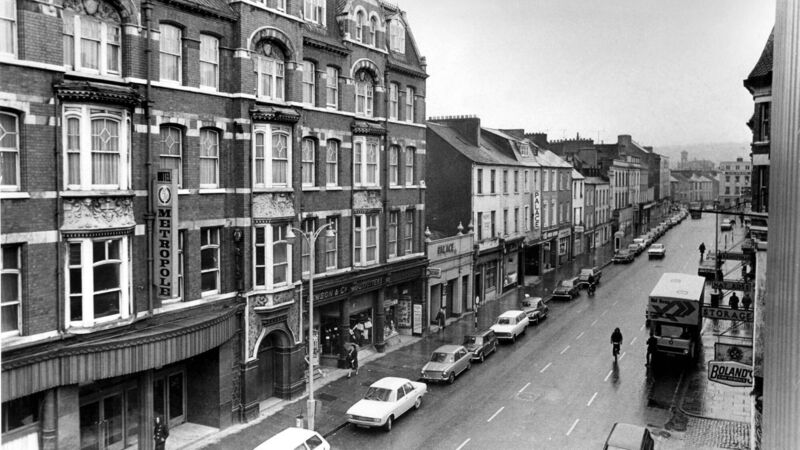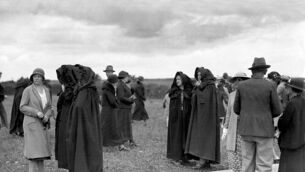Throwback Thursday: Taking a drive down memory lane in Cork

MacCurtain Street with the Metropole Hotel on the left in 1973. Joe Terry recalls when the street had a two-way traffic system.
Joe Terry was out on a drive recently and found himself reflecting on how times and indeed our very landscapes have changed since he was a young lad growing up in Cork.

“Back to the present. Rather than taking the North Ring by-pass route, and as it’s a Sunday with low traffic, I drive via Leitrim Street, Coburg Street and onto the one-way vehicular traffic MacCurtain Street. I remember a time when this street accommodated two-way traffic, as did other roads in Cork City, when often there were gridlocks and traffic stalled for long periods. I recall on one occasion, during a wet and dark winter evening, waiting in Washington Street for the arrival of a delivery truck from Dublin that took two hours to travel from Lower Glanmire Road via MacCurtain Street and Patrick Street. The introduction of the by-passes, one-way streets, roundabouts and traffic lights proved to be a welcome success.

“Coming from rural Ireland, London was an eye-opener. Not everybody made the sign of the cross passing a church; indeed, not everyone went to Mass or church on Sundays. Confession attendances were infrequent, unlike in Ireland, where the Catholic Church decreed that Catholics confess their sins once a month, and under the threat of mortal sin at least once a year. In London, not all men and women living together were husband and wife, as I believed was the case in the parish of my birth. Many lived with the spouse of another.. Many were divorced, legally separated and no longer bound to live together for the rest of their lives through sickness and sorrow. Gangsters, knuckle dusters, teddy boys, winkle-picker shoes and drainpipe trousers were all new to me. Getting my head around the cockney slang of the male receptionist at the Irish Hostel, in Camden Square was not easy. Not trusting my fellow sleepers in the tightly-packed multi-occupancy dormitory at the hostel necessitated me sleeping with my stockings on, my cash stuffed inside next to my ankles.
- Email jokerrigan1@gmail.com or leave a comment on our Facebook page: www.facebook.com/echolivecork.







